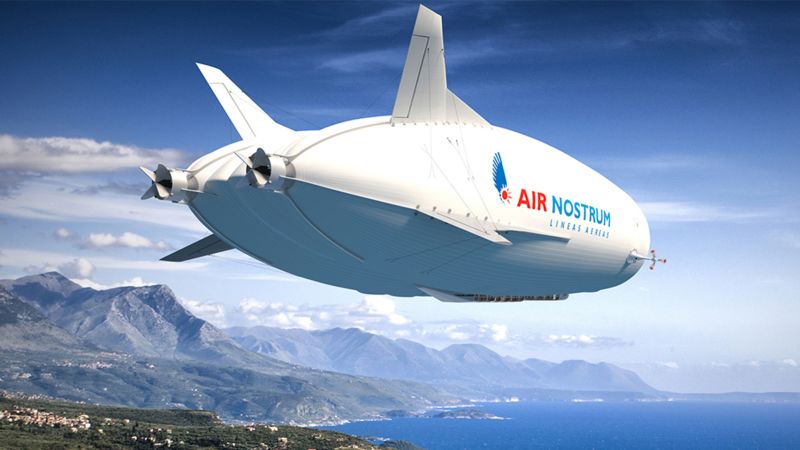I still hope we hear about Igor Pasternak again. He was out of public sight for years.
Sound plausible, but it sounds like early pressure ships, non-rigids that relied on air pressure in ballonets fed by forward air flow through ducts lowered into the air stream, providing low pressure air flow into the ballonet, which obviously changes in density etc based on various factors. Thing is, these still required pressure release valves because air temperature/pressure constantly changes, not only that, there is still a maximum volume of gas/fluid a container can carry, which limits its lifting capacity to a given amount. Exceeding that dispenses lifting gas because laws of physics etc. The next thing is crew oxygen, increasing pressure height means operating above 10,000 feet; better have some kinda oxygen supply or your crew flake out... Release valves are still required to mitigate temp/pressure changes in local conditions, which results in loss of lifting gas. The idea mitigates the issue of losing lifting gas, but doesn't do away with it altogether.
SSZ-59 approaching HMS Furious, note the tuby thing behind the propeller, that's the intake for the ballonet. Low pressure air flow directly into the ballonet to regulate the internal envelope pressure to maintain its shape. This obviously changes depending on operational conditions.

